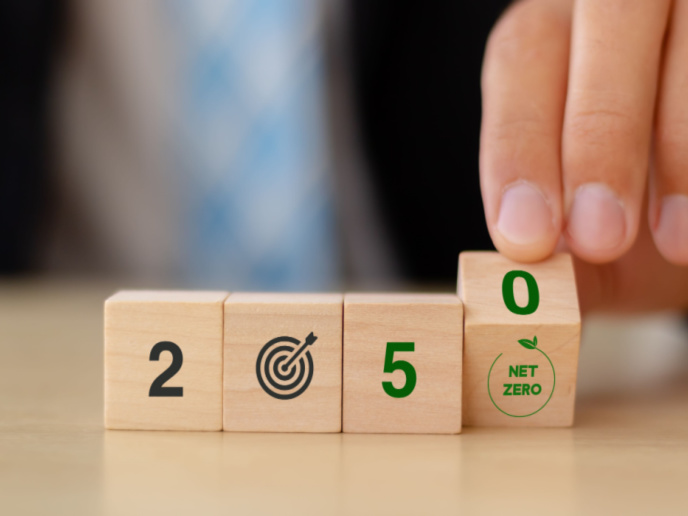New solutions for Europe’s phosphorous challenge
Phosphorous is an essential mineral for all living organisms and is used extensively as a fertiliser for food production. A key challenge for the EU is that this chemical has to be imported, making Europe reliant on the stability of supply chains and susceptible to external geopolitical shocks. “The problem is that phosphorous cannot really be replaced by any other nutrient – it is a limited resource that we need for growing crops,” explains RecaP(opens in new window) project coordinator Kasper Reitzel from the University of Southern Denmark(opens in new window). “Another challenge is that after we eat food, phosphorous ends up in our wastewater systems. If we discharge too much into the aquatic environment, the phosphorous can turn our lakes and freshwater eutrophic because it is a fertiliser, with green microalgae taking over.”
New ways of recycling phosphorous
The RecaP project, supported by the Marie Skłodowska-Curie Actions(opens in new window) programme, sought to identify new ways of recycling phosphorous, to reduce our dependence on imports and limit the environment impact on freshwater systems. To do this, the project brought together 15 PhD researchers across the social sciences, agriculture, engineering and wastewater sectors. Key topics included capturing and recycling phosphorous from wastewater, novel freshwater restoration techniques, strategies to improve crop utilisation and barriers and enablers for improved phosphorus management in society. Students each pursued their own targeted project, while sharing their knowledge and experiences with others. “This enabled these early-stage researchers to see the whole picture,” says Reitzel. “A chemist working on synthesising a phosphorous-binding compound for wastewater management, for example might transfer this technology to the environmental sector, to see if it could be used for sustainable lake restoration or used in agricultural fields.”
Cross-disciplinary training key to success
The cross-disciplinary training was a key success of the project. “I really enjoyed seeing the 15 PhD students eager to learn from each other,” notes Reitzel. “The network that was created was just as valuable as their own research.” Multiple supervisors were involved, ensuring that students were exposed to a range of research fields as well as industry. “This was a really diverse group of social scientists, chemists, biologists and engineers, all trying to solve the phosphorous challenge and make Europe more sustainable,” remarks Reitzel.
A new generation of phosphorous specialists
Reitzel believes that the project has helped to create a new generation of phosphorous specialists with knowledge across a range of disciplines. Sharing skills, experiences and knowledge will be essential to ensuring transformative changes in phosphorous use. All this is in line with the EU’s circular economy action plan(opens in new window), which aims to encourage the development of an economy where the value(opens in new window) of products, materials and resources is maintained for as long as possible. “In Denmark, this project was also the main reason that we got involved in a EUR 10 million project on sustainable lake restoration, funded by the Poul Due Jensen/Grundfos Foundation(opens in new window),” adds Reitzel. “They liked the idea of achieving cleaner lakes, while at the same time recycling phosphorous. This is a good example of how RecaP has opened up new opportunities.”







